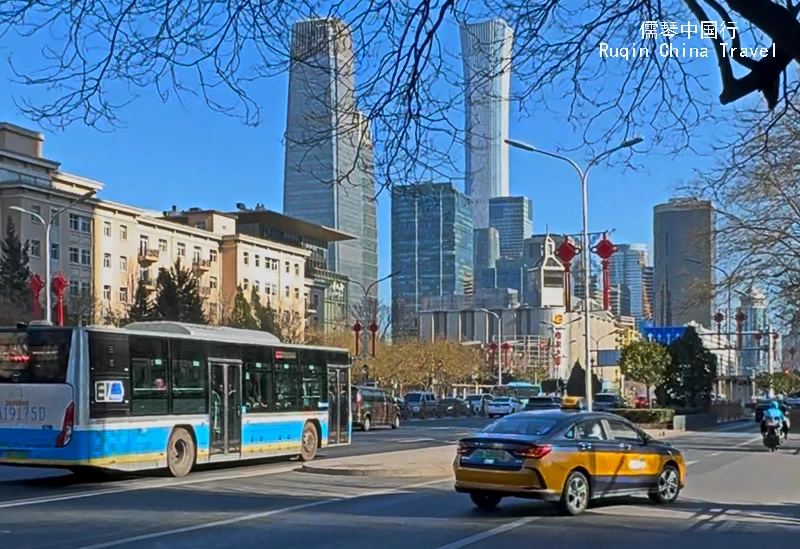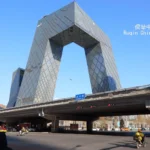China is famous for its rich history, diverse culture, and rapid economic growth. These 10 fun and interesting facts about China offer a glimpse into the country’s vast heritage and natural wonders. From ancient inventions to modern innovations, China continues to captivate the world.
1. The Great Wall of China is Not a Single Wall
One of the interesting facts about China is that the Great Wall isn’t one continuous structure. It spans over 13,000 miles, but it’s made up of various walls and sections built by different dynasties over many centuries.
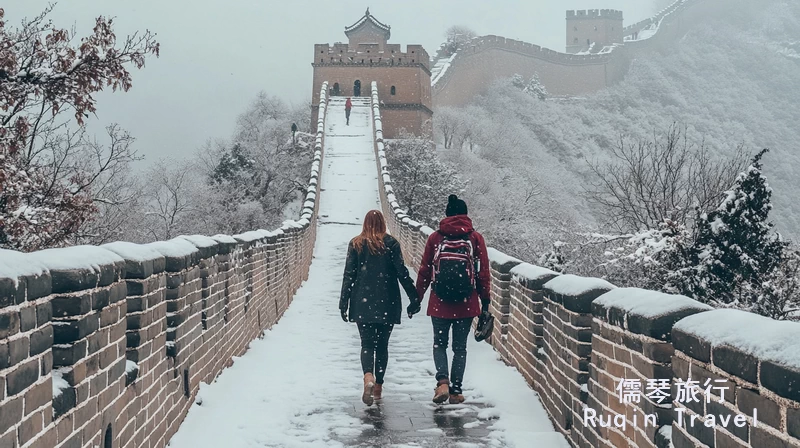
Each section served different purposes, such as defense, communication, or trade protection. It’s a symbol of China’s strength, determination, and the country’s long history of innovation and defense strategies.
2. Chinese New Year Lasts for 15 Days
Unlike the Western New Year, which lasts only one day, Chinese New Year is celebrated for 15 days. The festival is marked by family reunions, festive meals, and elaborate firework displays.
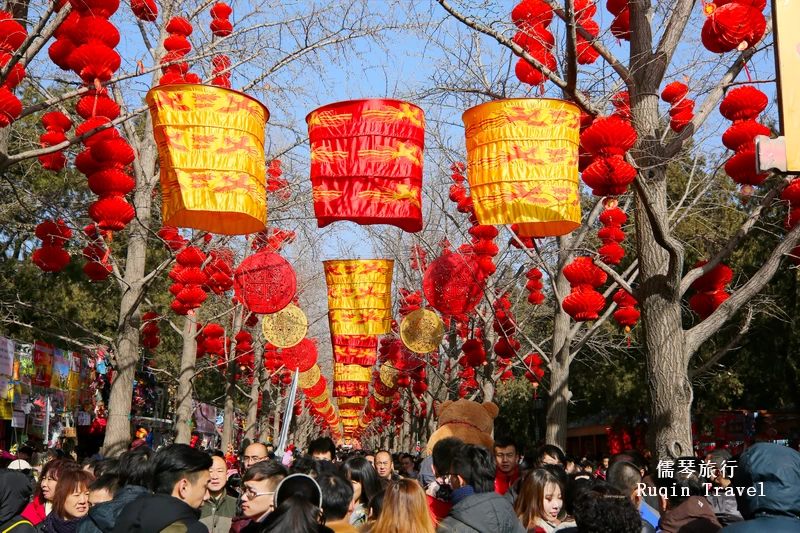
The holiday culminates with the Lantern Festival, featuring lantern displays and traditional dances. Each year is associated with one of the 12 Chinese zodiac animals, making the celebrations even more lively and culturally rich.
3. China Has the second Largest Population in the world
China was the world’s most populous country for decades. However, in 2023, India surpassed China with a population of 1.43 billion, slightly higher than China’s.

China’s population is in decline, partly due to the one-child policy implemented in the 1980s, which drastically reduced the birth rate. Despite this, China’s population is still incredibly large, making up nearly 20% of the world’s total population.
4. China Invented Paper, Gunpowder, and Printing
China is known for its “Four Great Inventions,” which revolutionized the world.
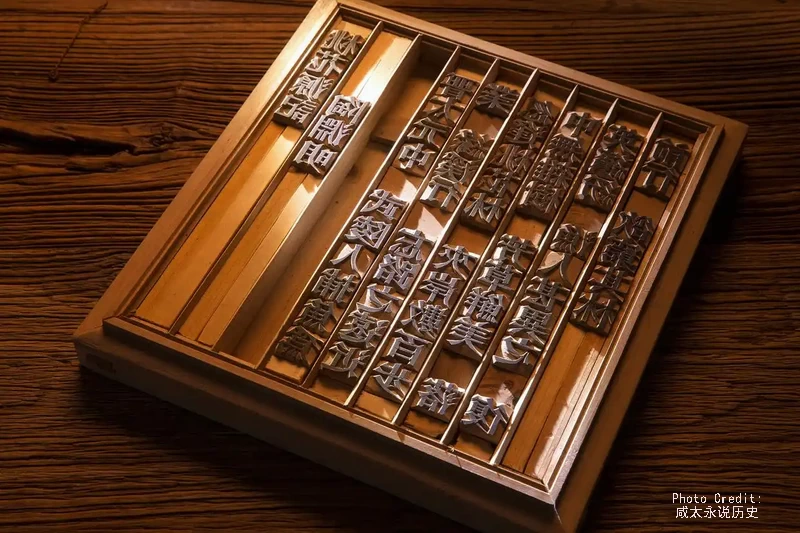
- Paper was invented around 105 AD during the Han Dynasty, replacing more cumbersome materials like bamboo and silk.
- Printing was developed by Bi Sheng in the 11th century, allowing mass production of books, which spread knowledge worldwide.
- Gunpowder was discovered in the 9th century, forever changing warfare and leading to modern firearms and explosives.
- The Compass, created in the Han Dynasty, helped shape navigation across the world, greatly aiding exploration during the Age of Discovery.
5. Tea Was Discovered in China
Tea culture has deep roots in China, dating back over 5,000 years. China is the birthplace of all tea types, including green, black, oolong, and Pu’er. Tea ceremonies remain a significant part of Chinese culture, emphasizing mindfulness and harmony.

Different regions of China produce distinct types of tea, with some areas even specializing in rare varieties. Tea is not just a drink—it’s a symbol of hospitality, social bonds, and an ancient tradition still cherished today.
6. China Has the World’s Largest High-Speed Rail Network
China is a leader in modern infrastructure. Since launching its first high-speed train in 2008, China has built the world’s largest network, covering nearly 40,000 kilometers (25,000 miles). Trains can reach speeds of up to 350 km/h (220 mph), making travel quick and efficient.

By 2025, China plans to expand this network to 50,000 kilometers, further cementing its place as a global leader in transportation. This extensive rail system not only boosts tourism but also promotes economic growth across the nation.
7. China Has Over 56 Ethnic Groups
While the Han Chinese make up the majority, China officially recognizes 55 other ethnic groups. Each group has its own language, customs, and traditions, contributing to the country’s rich cultural mosaic. These groups live in various regions, from the mountainous areas of Tibet to the grasslands of Inner Mongolia.
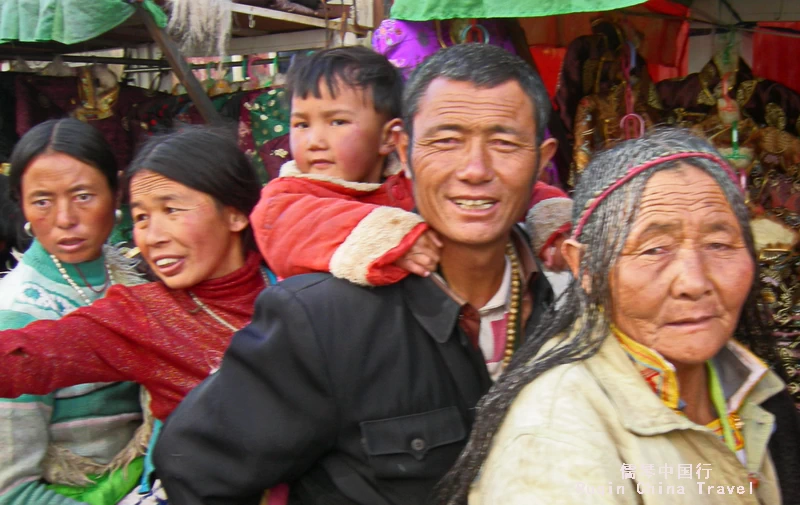
Cultural diversity is celebrated through festivals, clothing, food, and art. Despite being a vast nation, China’s ethnic groups coexist peacefully, each adding a unique flavor to the country’s identity.
8. The Grand Canal is the Longest Canal in the World
The Grand Canal stretches over 1,700 kilometers (1,100 miles), making it the longest and oldest man-made waterway on the planet. Built to transport goods and troops, it connects China’s northern and southern regions.
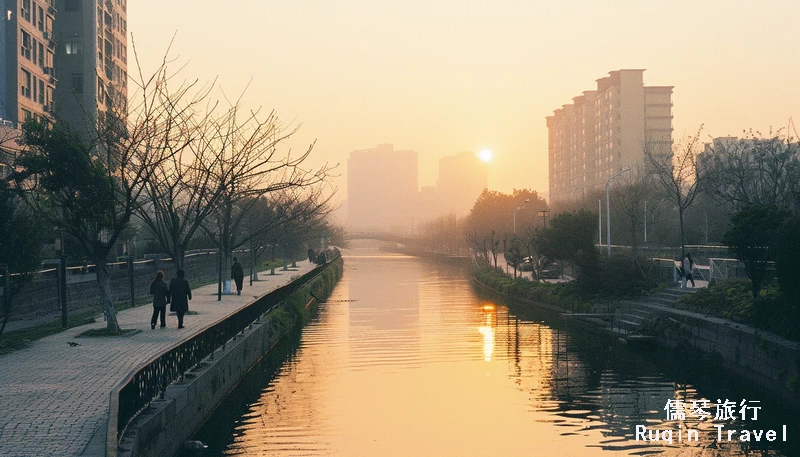
Construction began in the 5th century BC, and it was completed during the Sui Dynasty in the 7th century AD. Over the years, the Grand Canal has played a crucial role in China’s economy, facilitating the movement of goods, people, and culture across the country. In 2014, it was designated a UNESCO World Heritage Site.
9. China Uses Only One Time Zone
Despite its vast geographical size, China uses a single time zone, known as China Standard Time (CST) or Beijing Time. This decision helps maintain administrative efficiency, although it leads to some interesting time discrepancies across the country.

For example, in the far western regions like Xinjiang, the sun rises much later than in the east. While many other large countries use multiple time zones, China’s decision reflects its desire for national unity and centralized governance, albeit at the expense of local time differences.
10. The Forbidden City Has 9,999 Rooms
The Forbidden City in Beijing, which was home to Chinese emperors for nearly 500 years, has exactly 9,999 rooms. The number is one less than 10,000, considered the “perfect” number in Chinese culture.
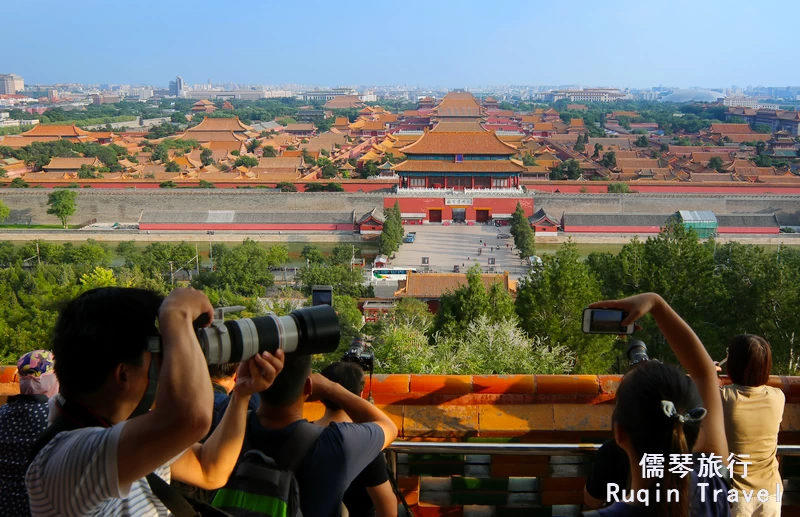
This architectural marvel consists of palaces, halls, and courtyards spread over 180 acres. It was designed to symbolize the emperor’s power and his connection to the divine. The Forbidden City is now a UNESCO World Heritage Site, attracting millions of visitors each year who come to admire its history and beauty.
These interesting facts about China showcase China’s incredible history, culture, and innovations. Whether through ancient inventions or modern engineering feats, China continues to shape the world in unique and fascinating ways.
More China Cultural Insights
China is a country full of rich traditions, colorful festivals, and fascinating customs that have been passed down through generations. At China Cultural Insights by Ruqin China Travel, we want to help you experience the real China by understanding its culture.

